Safari is the most special form of travel we encountered. It brings you to the edge: remote location, special field equipment, expert guidance, real personal risk, high daily cost. In return you are guaranteed a once-in-a-lifetime experience. You escape from civilization and travel back to see nature the way it was centuries ago, before mankind overran the planet.
We traveled to three countries and visited two safari camps in each, covering a wide variety of terrain. Our family trekked into the wilderness about 40 times – typically in motorized jeeps but also by boat, horse, and foot – mostly at sunrise and at sunset with a siesta at mid-day.
We knew there would be small planes to move between camps; we did not realize that the planes have to land and take off in short hops to reach the interim camps as well. Safari air travel is much like taking a local train. We had more than 25 flights in tiny planes, including six flights on one day when we went from the remote Serengeti to remote Northern Kenya.
On the ground there were tedious times as well: violent bouncing in jeeps, shivering before dawn and after dusk, washing laundry in sinks, hoarding battery power, beating off flying insects such as the armored heavy fighter known as the tse tse fly, and picking off ticks one day in Kenya.
But the payoff is there. These locations are teeming with life. We saw so many different animals and plants that we had to carry books just to check them off. (The easiest was seeing 15,000 wildebeest on migration – CHECK!) We saw the Big Five (lion, leopard, rhino, buffalo, elephant) and even the Little Five (babies of each). There were hundreds more species to see and to hear about. And we made time to find evidence of prehistoric man and to learn about local tribes along the way. Each sighting was accompanied by camera clicks – well over 10,000 of those across 21 safari days. Overwhelming to sort!
What stands out across all of that is not a list of animals or the high number of photos. The best times came when we stopped for a while and quietly watched animal behavior unfold. Here are the highlights:
South Africa – Capetown
– Petting a soft furry cheetah and a wet blubbery seal
– African penguins waddling along the beach and crouching over chicks
Botswana – the Kalahari desert
– Driving up as close as we dared to a glorious male black-maned lion… then a chill in the groin as we realized there was a female lion hidden even closer behind us. She eventually walked away, rippling with muscle.
– Springbok jumping high in the air for joy as they ran
– Seeing Oryx turn en masse to stare at threats as if they had freaky telepathy
– A female cheetah who chased antelope across a plain
– A male cheetah crouched low in the grass, drooling, followed by a chase
– Two male giraffes fighting each other – winding up again and again to swing their horned heads at each other like two knights with morning stars
– Watching ostriches dance for mating
– Meeting bushmen who knew good English and could explain bush lore in volumes of detail
– Finding lion prints in the camp that had not been there the night before
Botswana – the Okavango Delta
– The mock-charge of a startled mother elephant (angry violent head shakes and ear flapping)
– Our first glimpse of the vibrant lilac-chested roller, especially the joyous turquoise wings in flight
– A hammerkop bird rinsing a poisonous frog repeatedly to remove the slime and then Yum!
– Boating deep into the wetlands to discover the tiny jewel-like malachite Kingfisher, clinging to a reed
– A fascinating nature walk with Allen to learn about poops, prints, insects and plants
– Warthogs crouching on forelimbs to reach tiny tender roots – later to run squealing, tails high
– A hyena nursing its own cub while pushing away a cub from another mother
– A baby leopard joyfully greeting and jumping all over its mother after she returned at day’s end
Tanzania – NgoroNgoro Crater
– Zebras scratching on the ground
– A vervet monkey seeing his own reflection
– Two Grant’s gazelles head-butting furiously and repeatedly, until one of them was pushed – just a few inches at a time – right across the road in front of us and finally out of view into the trees on the other side
– Seeing 3.6 million year old footprints with a big toe midway between monkey and human
– Visiting a Maasai village and hearing their songs and watching their jumping
Tanzania – the Serengeti
– Sleeping in a tent and hearing lion calls, baboon shouts, zebra barks, and leopard coughs outside at night
– Seeing the annual Northern migration where wildebeest march in single file lines stretching out of sight across vast grasslands
– Watching 50 vultures fight each other to jointly devour a wildebeest carcass and learning about their layered flight patterns that form a search pyramid over vast regions
– Seeing a troop of 20-odd baboons intelligently form a circle to trap a baby Thompson gazelle and then send in several fast baboons to run it down and kill it
– Hearing zebras bark and watching them “hug”
Kenya – Lewa
– Healthy young lion clubs at play
– Riding a horse to within a few feet of giraffes and seeing a newborn giraffe just 2 weeks old (followed by glorious hot breakfast in the field and a camel ride home)
– The lawnmower action of a white rhino as it grazes
– Gina saw another ostrich dance and mate – this time the Somali ostrich
– Dik-diks scampering cutely like furry rabbits
– Holding prehistoric stone basalt tools, 1.5 million years old, and finding your hand really fits
Kenya – Sarara
– Staying at a small safari camp that was alone on a million acres of land
– Sleeping under the stars on an ancient dry riverbed with only a mosquito net for cover
– Tracking leopards at night by ear and spotlight
– Walking in the semi-desert sands with a Samburu elder and learning to fish for scorpions and baboon spiders and to cut our own toothbrushes from trees
– At camp: petting a baby kudu, playing with a smart spring spaniel, listening to hyrax and fruit bats explore our open air house while we stayed in bed at night, seeing elephants drink at the waterhole, watching squadrons of hornbills fly about
– Seeing the outrageously glorious outfits, decorative scars and piercings of the unspoilt Samburu tribe at the Singing Wells, a local village and a regional market
– Learning about their highly developed belief systems and culture that enable survival in the harsh Kenyan desert
– Watching a goat held and swiftly slaughtered on the grounds of the Samburu market, with a bowl under the neck to catch the warm blood for a beverage
Kenya – Elephant Manor and Giraffe House
– Giraffe Manor where rare Rothschild giraffes put their heads into the windows. Feeding them by hand and feeling their rough tongue on our hands and faces.
– The kids and Gina watched baby elephants put to sleep under blankets for the night – they suck their trunk tips like a thumb!

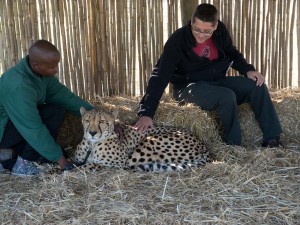
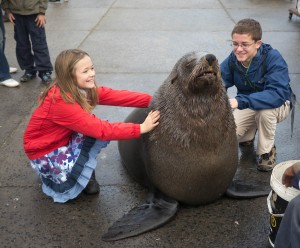
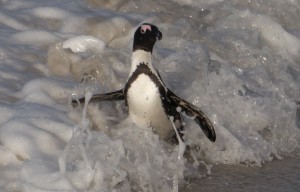
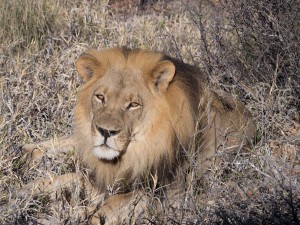
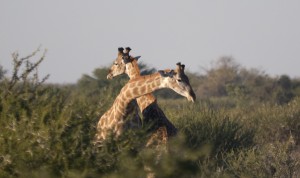
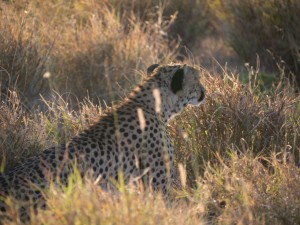
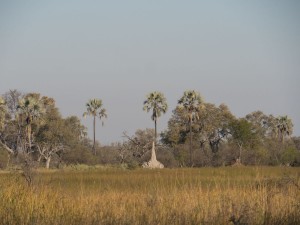
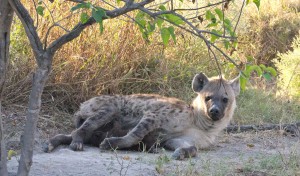

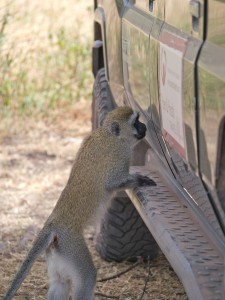
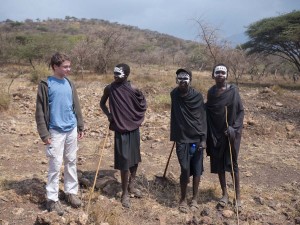
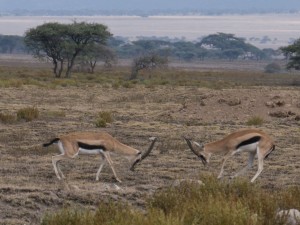
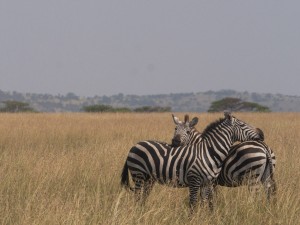
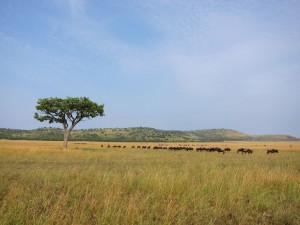
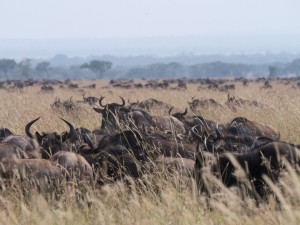
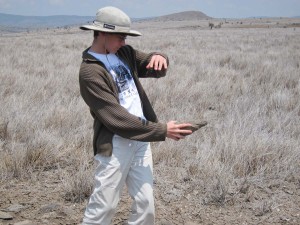
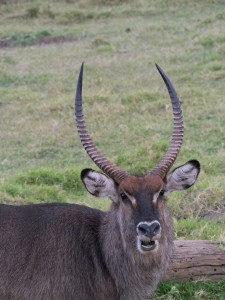
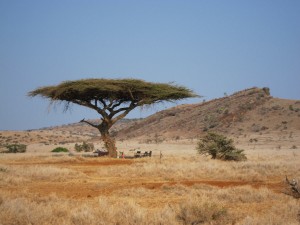
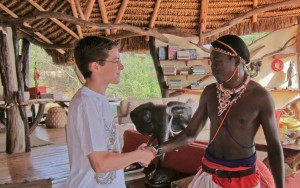
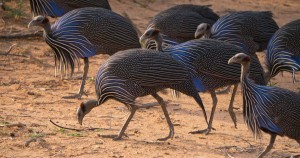
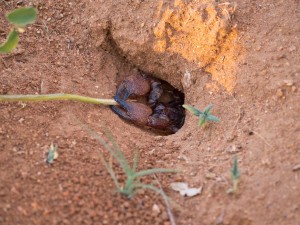
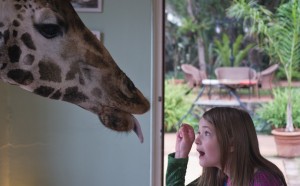
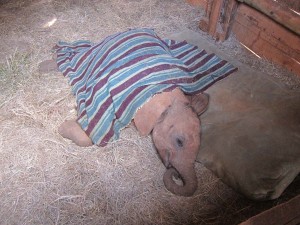
Error thrown
Call to undefined function ereg()